Intraoperative Neurophysiologic Mapping
Intraoperative neurophysiologic mapping (IONM) is a procedure performed during certain surgeries, especially those involving the brain or spinal cord, to monitor the functional integrity of neural structures in real-time. It involves the use of various electrophysiological techniques to assess the functionality of nerves and neural pathways during surgery. During IONM, electrodes are placed on specific areas of the body corresponding to the nerves being monitored. These electrodes record electrical signals generated by the nerves in response to stimulation. By analyzing these signals, surgeons can determine if neural structures are at risk of damage during the surgical procedure. IONM serves several crucial purposes during surgery. Firstly, it helps surgeons identify and avoid potential damage to nerves, reducing the risk of postoperative neurological deficits. Secondly, it provides immediate feedback on the effectiveness of surgical maneuvers, allowing surgeons to make real-time adjustments to their techniques. Additionally, IONM can aid in the precise localization of neural structures, facilitating more accurate surgical interventions. Overall, intraoperative neurophysiologic mapping plays a vital role in enhancing the safety and efficacy of surgeries involving the nervous system, allowing for better patient outcomes and reduced risks of neurological complications.

Ken Ware
NeuroPhysics Therapy Institute, Australia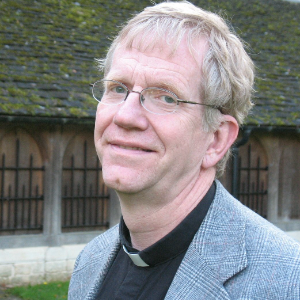
Robert B Slocum
University of Kentucky HealthCare, United States
Yong Xiao Wang
Albany Medical College, United States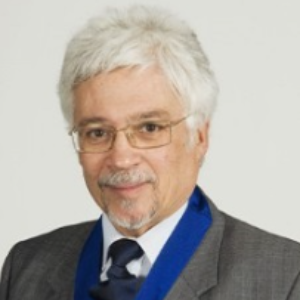
W S El Masri
Keele University, United Kingdom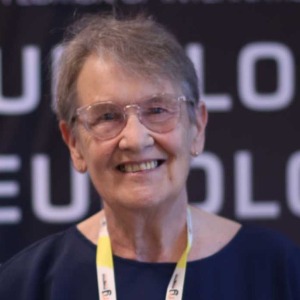
Jaqueline Tuppen
COGS Club, United Kingdom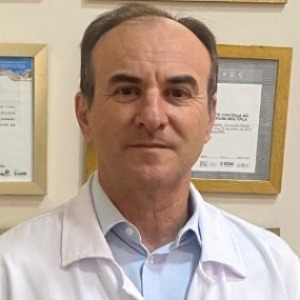
Milton Cesar Rodrigues Medeiros
Hospital Santa Casa de Arapongas, Brazil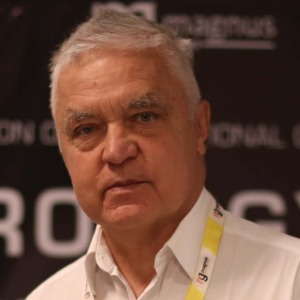




Title : Perception and individuality in patient cases identifying the ongoing evolution of Myalgic Encephalomyelitis/Chronic Fatigue Syndrome (ME/CFS)
Ken Ware, NeuroPhysics Therapy Institute, Australia
Title : Narrative medicine: A communication therapy for the communication disorder of Functional Seizures (FS) [also known as Psychogenic Non-Epileptic Seizures (PNES)]
Robert B Slocum, University of Kentucky HealthCare, United States
Title : Personalized and Precision Medicine (PPM), as a unique healthcare model through biodesign-driven biotech and biopharma, translational applications, and neurology-related biomarketing to secure human healthcare and biosafety
Sergey Victorovich Suchkov, N.D. Zelinskii Institute for Organic Chemistry of the Russian Academy of Sciences, Russian Federation
Title : Neuro sensorium
Luiz Moutinho, University of Suffolk, United Kingdom
Title : Traumatic Spinal Cord Injuries (tSCI) - Are the radiologically based “advances” in the management of the injured spine evidence-based?
W S El Masri, Keele University, United Kingdom
Title : Scalp acupuncture with functional electrical stimulation for the treatment children with autism spectrum disorder
Zhenhuan Liu, Guangzhou University of Chinese Medicine, China